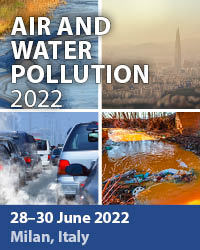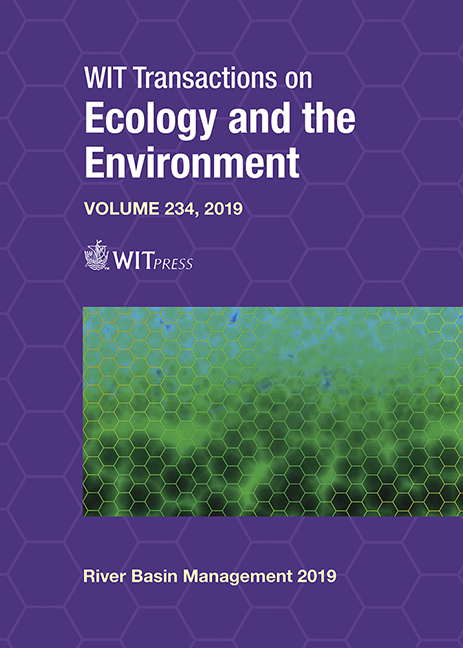ADEQUACY OF GEOTEXTILE TUBE DEWATERING IN THREE RIVER REMEDIATION SCENARIOS
Price
Free (open access)
Transaction
Volume
234
Pages
11
Page Range
155 - 165
Published
2019
Paper DOI
10.2495/RBM190161
Copyright
WIT Press
Author(s)
GERBEN VAN DEN BERG, FILINTO ALEXANDRE PINTO DE OLIVEIRA
Abstract
Natural processes and human interference can lead to undesirable sedimentation of a magnitude difficult to deal with in an economical, ecological and societally acceptable manner. Showcasing various examples throughout the world, criteria to choose an adequate river remediation technology will be discussed, in three distinct scenarios: (1) the case of natural processes leading to a build-up of contaminated sediments; (2) the case of industrial activity leading to contamination; and finally (3) the case of disaster management. For the first time we will discuss the approach taken in Portugal to clean the Tago river at Vila Velha do Rodão where a layer of sediment with high cellulose levels covering the bottom on both sides of the Porta de Rodão at the heart of the Natura 2000 Site and UNESCO World Heritage listed natural park had to be removed and dewatered. Other cases of river remediation projects will be presented as well, such as the case of Fox river (USA) and Zutphen (the Netherlands), where contaminated sediments were used to rebuild the entrance of a river port. We will also touch upon the potential for tube dewatering technology as a response during disaster management and the hurdles encountered in the actions around two red mud disasters. The first dating from 2010 in Hungary at Ajka where a dam breach in a containment facility released 1.1 Mm3 of red sludge into a widespread area, polluting agricultural land and water ways. The second at the Rio Doce at Vale Samarco in Brazil in 2015, where dewatering bags were used to build a dam using the red mud spilled into the river.
Keywords
tube dewatering, contaminated sediments, remediation, TenCateGeotube®, sediment use





